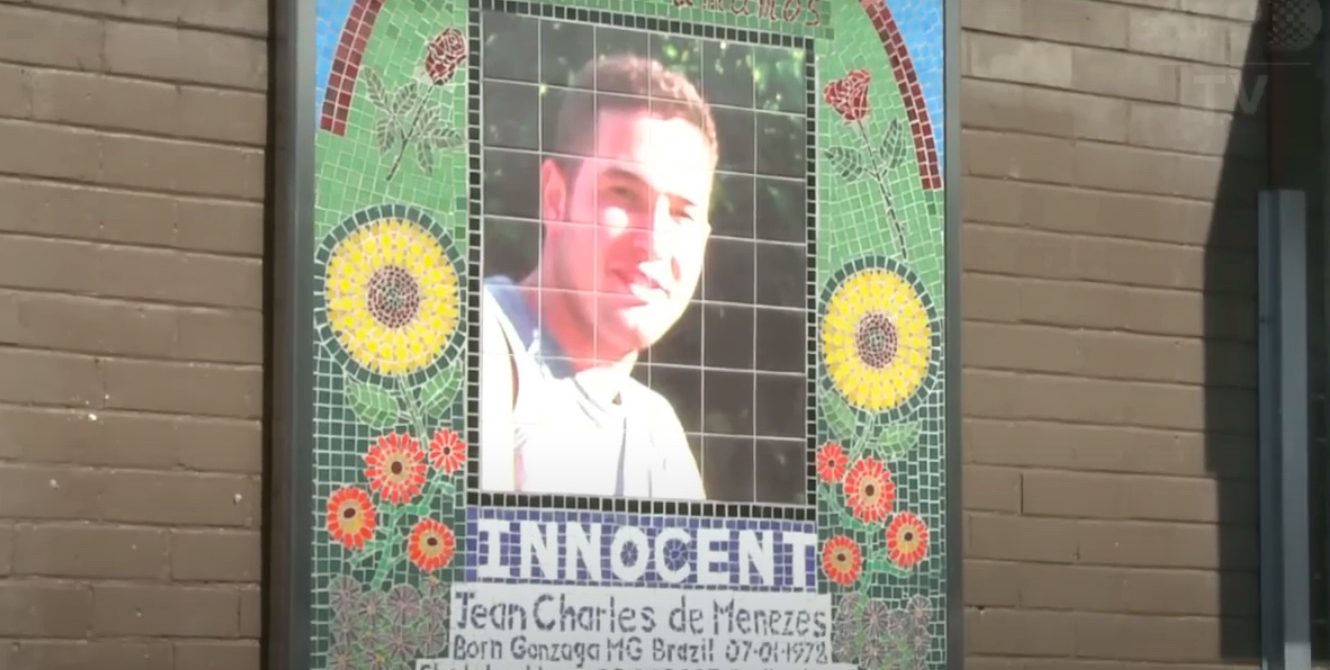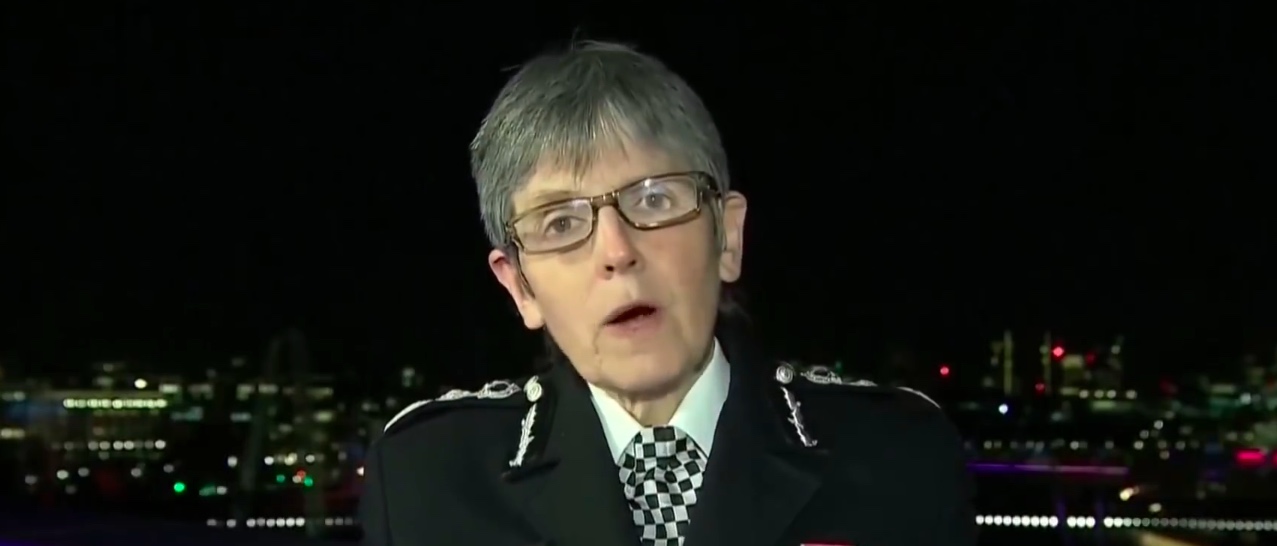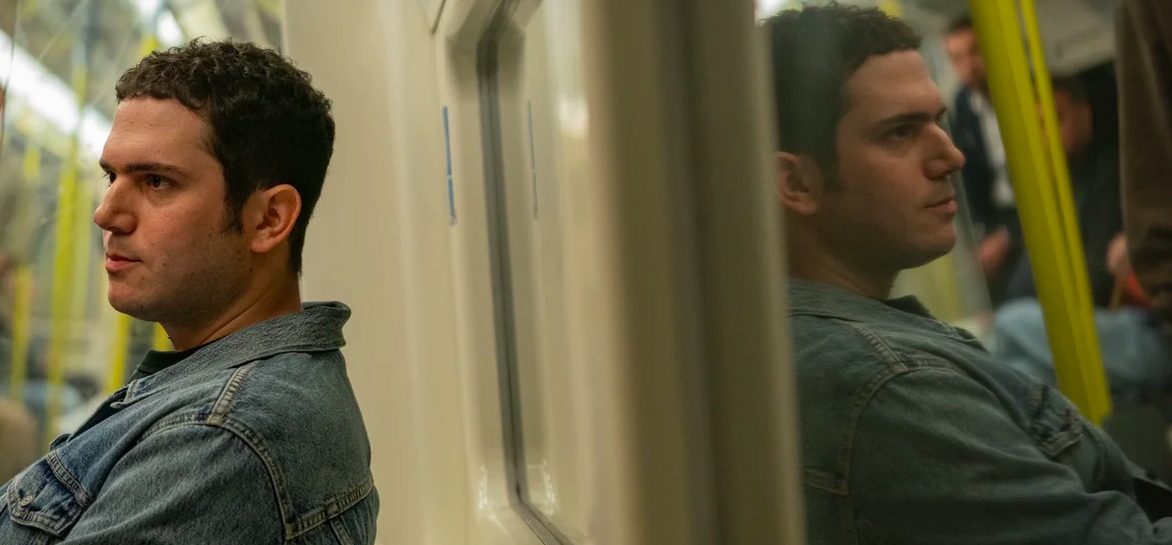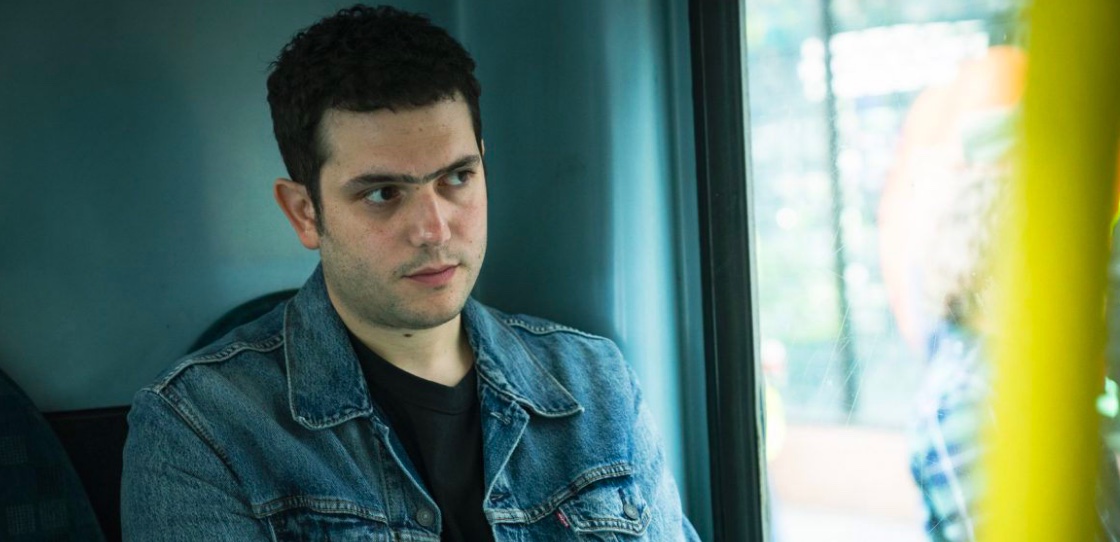Hulu’s ‘Suspect: The Shooting of Jean Charles De Menezes’ is a crime drama series where the lines between right and wrong are dissolved as an innocent man is killed by the very institution that is supposed to protect him. Created by Jeff Pope, the four-part series gives the audience a complete view of the events surrounding the shocking and tragic death of Jean Charles de Menezes, allowing them to make up their own minds about what may or may not have gone wrong that day. The story is so terrifying that it makes one’s soul shiver to think about this terrible fate befalling a person. It is made even more horrible by the fact that everything shown in the TV series has roots in reality.
Suspect Follows the Harrowing Events of Jean Charles De Menezes’ Death
The true events portrayed in ‘Suspect: The Shooting of Jean Charles De Menezes’ focus on the suicide bombings of July 7, 2005, in London’s subway and a bus. Three terrorists on different trains detonated several bombs while they were jam-packed during the rush hour. A fourth bomb went off on a bus in Tavistock Square. These attacks led to 52 people losing their lives and left 800 injured. The incident shook the nation and jolted the security forces into action as they tried to prevent further attacks by tracking down the ones responsible for the bombings. The extent of the danger posed by the terrorists was reportedly evident in the fact that another group of terrorists tried to replicate the bombings on July 21. However, they failed because the bombs did not go off due to some technical issues.

While the bombs did not detonate, they produced enough fire and smoke to alarm the public and the authorities. This led to an extensive manhunt to find the culprits. One of the significant leads in this case was the gym membership card found in one of the bags with the failed bomb, which led the cops to a building on Scotia Road. Knowing that one of the culprits could show up there soon, the cops surveilled the building, hoping to catch at least one of them. An officer was put on duty to monitor everyone in and out of the building. However, when an electrician named Jean Charles de Menezes left the building, the officer allegedly could not get a clear look at the man’s face to confirm whether or not he was one of the bombers.
In any case, the decision was made to follow Menezes, who, entirely unaware of the cops following him, was on his way to an apartment in Kilburn in North West London where he was supposed to fix a broken fire alarm. As he moved through the city, boarding one bus after another because the subway was shut down, the cops followed him. Their boss, Cressida Dick, despite, reportedly, not receiving clear confirmation on Menezes’ identity told the officers to stop him from getting on the train at all costs. The task of capturing him was put on a special unit, which was believed to have been authorised to shoot on sight. And, evidently, this is exactly what they did.
A Narrative Was Reportedly Formed Against Jean Charles
Jean Charles de Menezes entered the Stockwell station using his Oyster card and boarded his train. Three officers had followed him there, and before the doors could close, one of them blocked it and pointed at him, shouting, “He’s here!” This shout was meant for the firearms officers; this is where the accounts start to differ. The officers claim that they announced their identity, after which Menezes stood up from his seat and moved towards them, leading them to restrain him. The accounts of the other seventeen passengers differ in that they claim the officers never gave Menezes a chance to react or explain himself. The incident ended with two officers firing a total of eleven shots, of which seven were fired in the victim’s head. As a result, Menezes passed away on the scene.

Whatever sense of victory the officers and the police department may have felt was brought down when it was revealed that they had killed an innocent man. Far from being a terrorist, Jean Charles was an electrician who worked another part-time job to provide for his family back in Brazil. He lived in an apartment in the Scotia Road building with his cousins, who described him as a highly law-abiding man who never did anything that would stain his character. About 24 hours after the shooting, the cops confirmed that they had killed a harmless man who had nothing to do with the bombings. The incident was called a “tragedy” and regretted by the Met Police. The victim’s body was flown back to Brazil, where he received a burial about a week after he died. Despite their regretful words, the Met police and its officers never really apologised for their mistake, which cost an innocent man his life.
Instead, it was reported that they hindered the investigation by the Independent Police Complaints Commission, aka IPCC. Reportedly, the Met Police Commissioner, Ian Blair, prevented IPCC’s access to the scene of the crime, effectively crippling their efforts to find out exactly what happened to Menezes that day. Things further worsened when conflicting accounts of the victim’s behaviour were made. Initially, it was claimed that Menezes had been wearing a padded jacket, which suggested he was carrying a bomb, and that he had jumped the barriers at the subway station and had run down the stairs to catch the train. However, the part about his clothing and suspicious behaviour was questioned by witness testimony and refuted by the CCTV footage, which revealed that Menezes had been just as normal as other people on the train.
The Met Police Faced Condemnation from All Sides
Questions were raised about the Met’s policy of shooting to kill without allowing any chance for the victim to explain himself. The conduct of Ian Blair and Cressida Dick were under heavy scrutiny as protests were held against the injustice and vigils were held in support of the victim. The conflicting accounts, especially the ones perpetuated by the cops, were seen as highly suspicious. Moreover, the victim’s family questioned the police’s incompetence. Menezes’ cousin wondered why, if the cops really thought he was a suicide bomber, he was allowed to board two buses before he got to the subway. Meanwhile, the people within the force were also tired of the misinformation being spread around, with no action being taken to bring the truth to light. This led IPCC officer Lana Vandenberghe to become a whistleblower.

She photocopied evidence and gave it to the journalists who brought the truth to light. For her actions, she was fired from her job and was even arrested for stealing ink and paper, though eventually, she was not prosecuted for any of her actions. Since Jean Charles’ shooting in the subway, the Met police’s actions and intentions were questioned again and again. However, despite everything, the department and its officers were not moved to accept responsibility for their actions. Instead, they are reported to have offered £585,000 in compensation to the family, though eventually, only £100,000 was paid after four years of legal battle.
The apologies and regrets offered to the family were rejected, as they wanted nothing but justice. In the end, however, the inquest to clear the air did not turn out in their favor. The only thing that the cops were found guilty of was breaching health and safety rules and putting civilian lives at risk, for which they were fined. While it did not outright clear the department of mishandling the situation, no one was actually prosecuted for the crime. The family tried to take the case to the European Court of Human Rights in 2015, but even there, they found disappointment.
Suspect Aims to Clear the Misinformation About Jean Charles
When it came to making the show, writer-creator Jeff Pope reached out to Menezes’ family, who were happy to be a part of it. It would allow them to tell his story without all the false narratives and misconceptions that were spun around him following his death. As for the events that take place from the perspectives of the Met’s police force, Pope relied on the details already in the public domain. He looked into the statements made by the officers, how they diverged from those made by others, and how they impacted how the public perceived Menezes.

The writer’s prime intent was to present the truth as it is, and that included the shooting scene, especially the focus on the incredible violence perpetuated in that moment. The show’s creators did not want to shy away from the truth, while also leaning into the issues surrounding misinformation and how it can sway public opinion and their idea of justice. At the end of the day, Pope and Menezes’ family wishes that people will see things for the way they happened back then and learn from it, so as not to allow themselves to be swayed by the half-truths and outright lies fed to them by the people in power.


